February 06, 2020
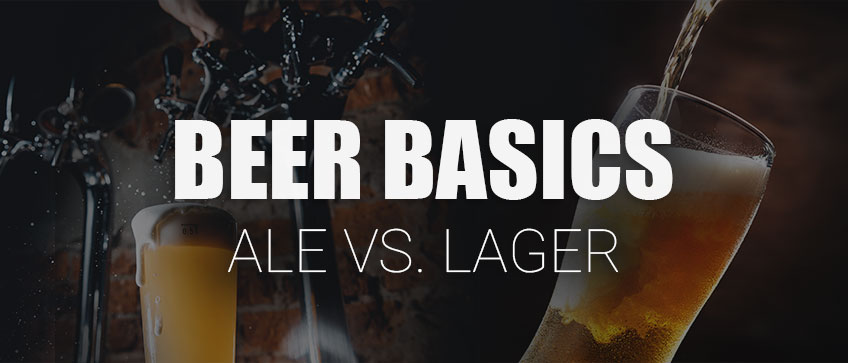
If you're here because you saw the word "beer", we like you already and you're in the right place. We're a huge fan of beers of all varieties, so much so, you may consider us beer geeks and we're here to unload some beer knowledge on you because not all beers are created equal. In fact, even within a style of beer, there can be a ton of variations! We're going to be talking about what makes ales and lagers so different from each other.
Since we have many knowledgeable friends in the professional beer industry, we made some calls, so we have the true experts explain the difference between ales and lagers to you. We asked yeast expert, Erik Fowler, the Education and Engagement Manager at White Labs Yeast to translate the technicalities of this concept.
You can purchase a variety of White Labs Yeast HERE.
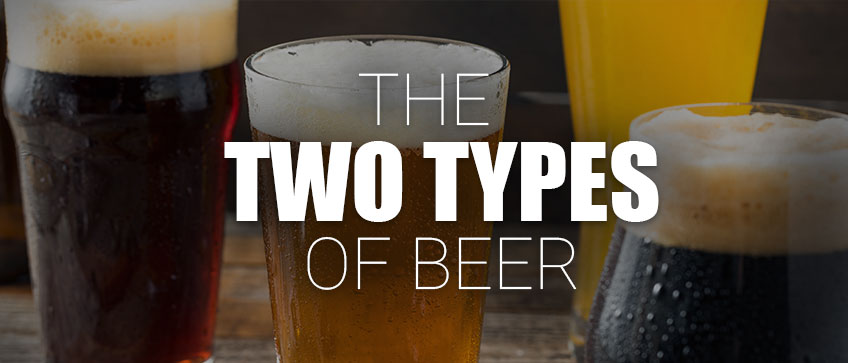
The Two Types of Beer
Did you know that there are only two types of beer? That's right all beers are actually an ale or a lager! This may be confusing to those who are new to the complex world of beer because you're sure you've heard of other types of beer before. Those "types" are actually known as "styles" of beer.
These styles help narrow down the variety of beer you're drinking and the specific flavor profiles you're tasting. The reason why all beers are either an ale or a lager is that there are two main yeast strains used in beer, an ale strain, and a lager strain.
"To generalize, most beer styles fit into two simple (sometimes not so simple) categories: ales and lagers. Ales and lagers utilize yeast strains within the Saccharomyces cerevisiae and Saccharomyces pastorianus yeast species." - Erik Fowler, Education and Engagement Manager at White Labs Yeast
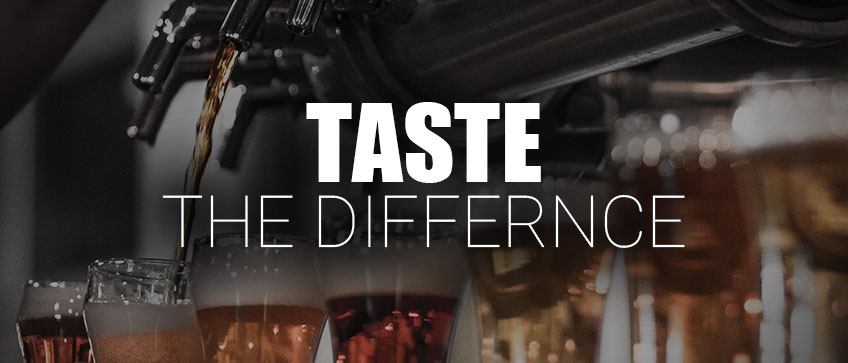
Taste the Difference
Let's talk about something we can all understand and care about, the taste of each beer. This is something that is so integral to the identity of a beer and how we perceive it. From popularly produced beers to craft beers, there are a wide variety of both beer types that all vary greatly in flavors, aromas, and subtle nuances.
Ales tend to have a fruity flavor profile with a sweeter taste and a fuller-body. They also tend to be darker and have a cloudier appearance. They have a higher alcohol content, more robust flavor, more bitterness, and a stronger hop flavor.
Lagers tend to have a very clean and crisp taste, a lighter, and more mild tasting beer. They tend to be much lighter and clearer in appearance with lower alcohol content. Lagers also tend to have a sweeter, smoother, and more refreshing flavor.
"Both ales and lagers come in a variety of styles which can overlap to some extent but the main difference from a finished beer perspective is the yeast impact on finished beer flavor and aroma. Ale yeast will generally contribute noticeable fruitiness from the esters it produces. Ever wonder what gives a hefeweizen it's pronounced banana and bubblegum? It's the ester isoamyl-acetate produced in high quantities by the yeast strain used. As for lagers, these strains tend to produce low amounts of metabolites allowing hops and malt to shine with adding a clean crispness to the beer." - Erik Fowler, Education and Engagement Manager at White Labs Yeast
Essentially, within each of these types of beer, you will find many varieties, which will offer different flavor profiles and experiences for the drinker. Ales and lagers are classified into these beer styles listed below but they are can further classified into specific regional styles. To keep things simple, we're only going to list the varieties.
Ale Varieties
- Brown Ale
- Pale Ale
- India Pale Ale
- Golden Ale
- Scotch Ales
- Barley Wine
- Mild Ale
- Buton Ale
- Belgian Ales
- Cask Ales
Lager Varieties
- Pale Lagers
- Vienna Lager
- Dark Lagers
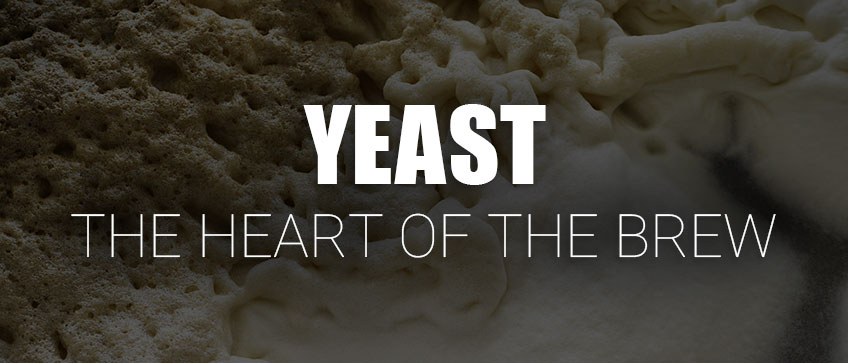
Yeast - The Heart of the Brew
Yeast is what gives life to each brew, literally. The type of yeast strain used in each beer is what makes each type so different from each other. While there is so much to talk about regarding yeast, the biggest difference between lager and ale yeast their fermentation process.
Top Fermenting Yeast
Top fermenting yeast is used in brewing ales. This type of yeast, also known as Saccharomyces cerevisia, has many common applications from beer and winemaking to making bread. This hardier variety of yeast is referred to as top-fermenting because it will rise to the top during fermentation and sink to the bottom of the brewing vessel when the fermentation process is ending.
This fast-acting yeast brews beer in as little as a week and leaves yeast particles floating to the top due to the increased motion of yeast in the fermentation vessel.
Bottom Fermenting Yeast
Bottom fermenting yeast that is used in brewing lagers, is also known as, Saccharomyces uvarum. This yeast doesn't necessarily ferment at the bottom but it doesn't rise up during fermentation like top-fermenting yeast. Since the yeast isn't seen during the fermentation process, it is called a bottom-fermenting yeast.
This type of yeast is more delicate than top-fermenting yeast and requires specific conditions to thrive, which means it can produce more outcomes than ale yeast. This type of yeast is cold tolerant, which means they can be active at low temperatures.
This yeast also consumes sugars slower and in turn, has a slower fermentation process. Additionally, it has a lower tolerance to alcohol and it can ferment mebliose, a sugar not fermented by top-fermenting yeasts. This features of this yeast allow more sugar to linger in the finished beer, creating a smoother and sweeter beer.
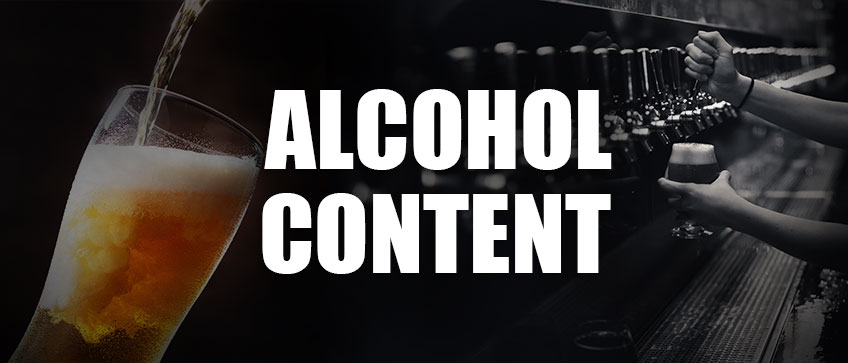
Alcohol Content
What is just as important as the taste of a beer? The alcohol content. Yeast plays a very large role in the alcohol content of a beer because their ability to thrive in high versus low alcohol environments determines the alcohol content of the beer.
Ale yeasts can survive in high concentrations of alcohol, therefore, the resulting beer has a higher alcohol content. The more fragile and slower lager yeast can't survive in high alcohol environments making lager beers lower in overall alcohol content.
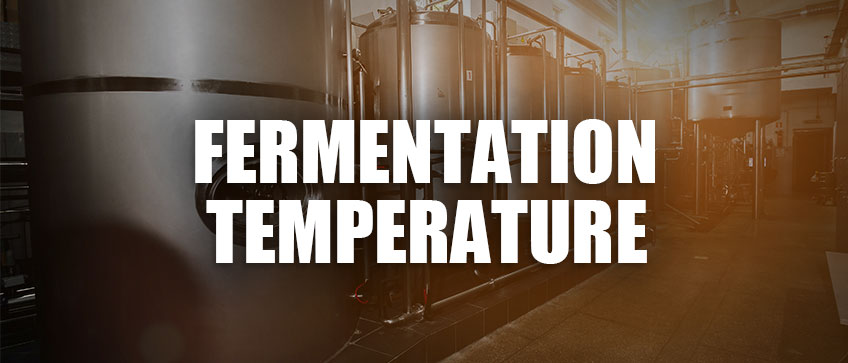
Fermentation Temperature
Fermentation temperature differs wildly between the two strains of yeast and this affects the body and mouthfeel you get when you're drinking your beer. This difference in brewing temperatures also makes lagers a bit more difficult to brew because of their delicate nature and sensitivity to higher temperatures.
"Ale yeast (Saccharomyces cerevisiae) tends to be utilized at warmer temperatures for fermentation, think room temperature, while lager yeast (Saccharomyces pastorianus) is used at cooler temps, think cellar temperature."- Erik Fowler, Education and Engagement Manager at White Labs Yeast
Top Fermenting Yeasts - High Temperatures
Top fermenting yeasts used for ales are often brewed at 60-80°F, with some rare varieties being able to withstand being brewed at 95-100°F. Due to the tendency that top-fermenting yeast has to move from the top of the brewing vessel to the bottom during the fermentation process, this leaves particles of yeast suspended throughout the beer. This fast fermenting process results in a cloudier and heavier beer, which is very typical of many ales.
Bottom Fermenting Yeasts - Low Temperatures
Due to the fragile nature of bottom-fermenting yeasts, they remain active at lower temperatures, and when brewed at lower temperatures there is limited volatile movement, which results in a clearer brew.
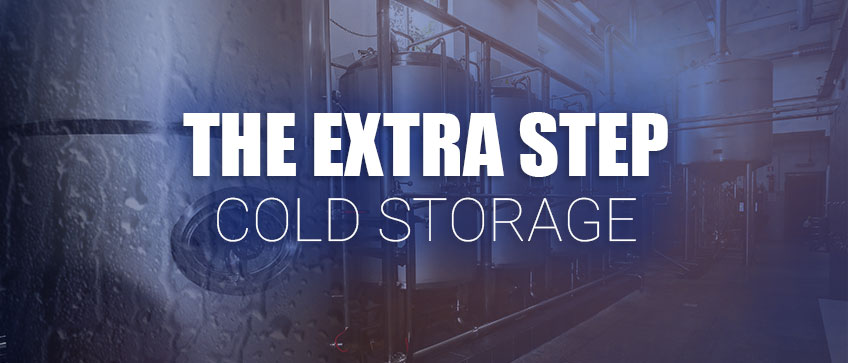
The Extra Step - Cold Storage
The German word lagern, means storage, which explains why lagers go through an additional cold conditioning stage. During this step, the lager is stored in a cold environment from a prolonged period, which causes the proteins and hops to settle out of the beer. This process develops a finer flavor and more clarity in the resulting brew.
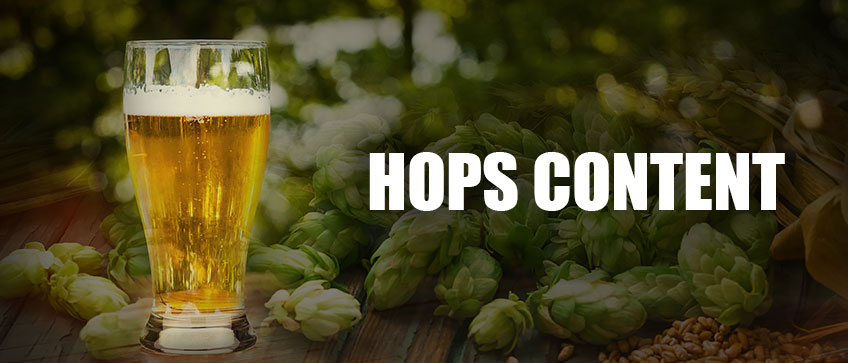
Hops Content
Hops are an essential addition to any beer but the concentration of hops will vary depending on the style of beer being brewed.
Due to the slower and colder brewing process of a lager, the nuances and more subtle flavors in the beer are able to come out and lagers often don't have to rely on the heavy addition of hops to finish the beer.
Ales are often brewed with a heavier concentration of hops to counteract the bitterness caused by the faster and warmer brewing process. This is often why ales tend to have a stronger hop flavor to compliment the other flavors produced by the brewing process.


 Single Faucet Kegerator Beer Dispensers
Single Faucet Kegerator Beer Dispensers Dual Faucet Two Tap Kegerators
Dual Faucet Two Tap Kegerators Triple Faucet Three Tap Kegerators
Triple Faucet Three Tap Kegerators Undercounter Built-In Kegerators
Undercounter Built-In Kegerators Outdoor Kegerator Beer Dispensers
Outdoor Kegerator Beer Dispensers Commercial Kegerators
Commercial Kegerators Mini Kegerators
Mini Kegerators Cold Brew & Nitro Coffee Dispenser Kegerators
Cold Brew & Nitro Coffee Dispenser Kegerators Carbonated Water Kegerators
Carbonated Water Kegerators Home Brew Kegerators
Home Brew Kegerators 15" Kegerators
15" Kegerators Kombucha Equipment
Kombucha Equipment Guinness® Dispensing Kegerators
Guinness® Dispensing Kegerators Vending Kegerators
Vending Kegerators Wine Kegerators
Wine Kegerators Kegerator Cabinets
Kegerator Cabinets Kegerator Covers and Accessories
Kegerator Covers and Accessories Kegerators
Kegerators Kegerator Conversion Kits
Kegerator Conversion Kits Kegs & Keg Accessories
Kegs & Keg Accessories Beer Faucets
Beer Faucets Beer Shanks
Beer Shanks Draft Beer Towers
Draft Beer Towers Keg Taps Couplers
Keg Taps Couplers Regulators & Gas Equipment
Regulators & Gas Equipment Beer & Gas Line Hose
Beer & Gas Line Hose Co2 and Nitrogen Air Tanks
Co2 and Nitrogen Air Tanks Beer Line Cleaning Equipment
Beer Line Cleaning Equipment Drip Trays
Drip Trays System Fittings
System Fittings Jockey Boxes
Jockey Boxes Keg Beer Party Pumps
Keg Beer Party Pumps Glassware & Accessories
Glassware & Accessories Guinness® Dispensing Equipment
Guinness® Dispensing Equipment Remote Glycol Systems
Remote Glycol Systems Wine Cooler Refrigerators
Wine Cooler Refrigerators Wine Cellar Cabinets
Wine Cellar Cabinets Wine Racks
Wine Racks Cooling Units
Cooling Units Wine Dispensing Systems
Wine Dispensing Systems Wine Glasses
Wine Glasses Wine Accessories
Wine Accessories Howard Miller Wine & Spirits Furniture
Howard Miller Wine & Spirits Furniture Wine Making
Wine Making Nitro Hot Draft System
Nitro Hot Draft System Ready to Drink Bag-in-a-Box Coffee Dispensing Equipment
Ready to Drink Bag-in-a-Box Coffee Dispensing Equipment Nitrogen Infusers
Nitrogen Infusers Nitrogen Tanks & Generators
Nitrogen Tanks & Generators Nitrogen Beer Regulators
Nitrogen Beer Regulators Nitro Cold Brew Coffee Kegs
Nitro Cold Brew Coffee Kegs Cold Brewed Coffee Tools
Cold Brewed Coffee Tools Espresso Machines
Espresso Machines Cleaning Equipment
Cleaning Equipment Outdoor Appliances
Outdoor Appliances ADA Appliances
ADA Appliances Panel Ready Appliances
Panel Ready Appliances Commercial Grade Appliances
Commercial Grade Appliances Beverage Centers
Beverage Centers Refrigerators
Refrigerators Drawer Refrigerators
Drawer Refrigerators Ice Makers
Ice Makers Water Dispensers & Accessories
Water Dispensers & Accessories Freezers
Freezers Home Brew Equipment Kits
Home Brew Equipment Kits Fermentation Equipment
Fermentation Equipment Boiling and Mashing Equipment
Boiling and Mashing Equipment Home Brew Beer Kegs
Home Brew Beer Kegs Home Brew Kegerator Conversion Kits
Home Brew Kegerator Conversion Kits Brewing Tools
Brewing Tools Home Brew Ingredients
Home Brew Ingredients Cleaning Chemicals
Cleaning Chemicals Test Equipment
Test Equipment Home Brew Beer Bottles and Bottling Equipment
Home Brew Beer Bottles and Bottling Equipment Brewery Fittings
Brewery Fittings Draft Beer Equipment
Draft Beer Equipment Homebrewing Equipment
Homebrewing Equipment Wine Equipment
Wine Equipment Luxury Appliances and Refrigeration
Luxury Appliances and Refrigeration Coffee Equipment
Coffee Equipment Home Bar & Barware
Home Bar & Barware Kombucha
Kombucha The Beverage Blog
The Beverage Blog Frequently Asked Beer Questions
Frequently Asked Beer Questions Shop by Brand
Shop by Brand Shop by Category
Shop by Category



